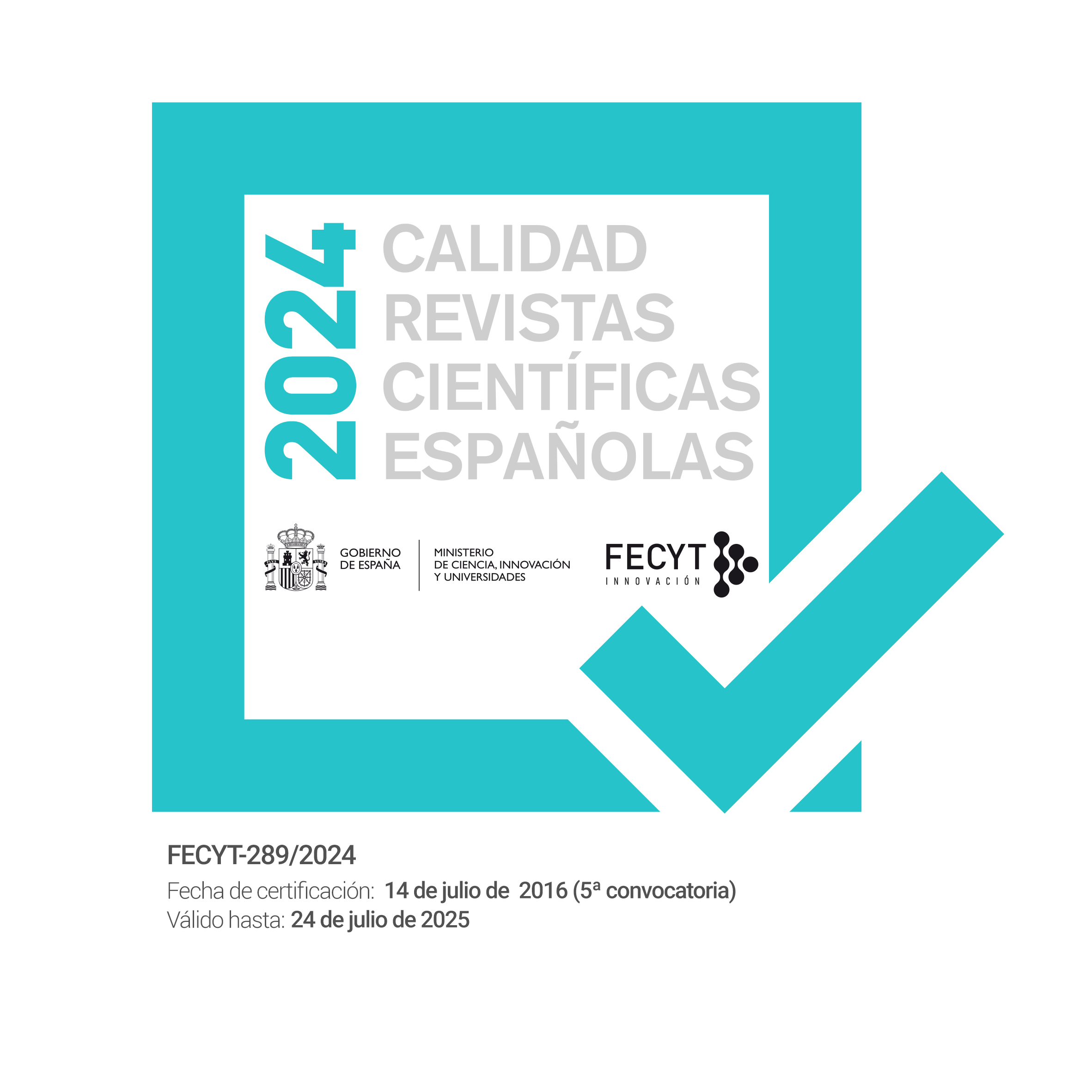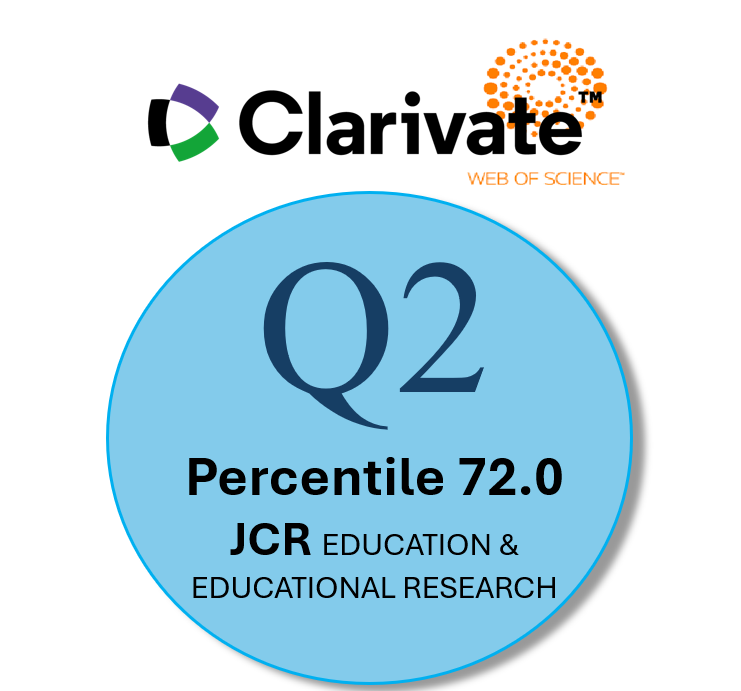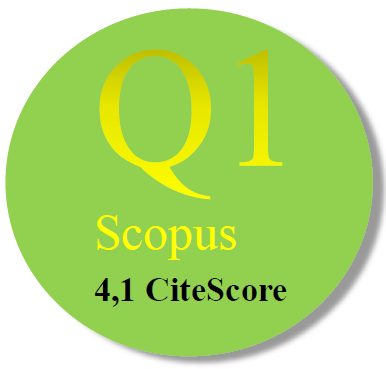Macro-dissemination of maker culture: fostering 21st century competencies through an Ideaton
Supporting Agencies
- Secretaría de Innovación, Ciencia y Tecnología (SICyT) del estado de Jalisco. Sistema de Universidad Virtual, Universidad de Guadalajara. Red Temática Mexicana para el desarrollo e incorporación de tecnología educativa (Red LaTE).
Abstract
With the aim of propagating maker cultures through directed ideation, a cotechnocreative
competition was held for 1000 baccalaureate students during the 2018
Innovation Festival Epicentro in Jalisco, Mexico. The competition objectives were
aligned with the sustainable development objectives of the UN, where the methodology
centred on evoking practical and innovative solutions to local problems of eight strategic
sectors of the state. The prototyping activity, guided by the Trayekta canvas, was
characterized by the inclusion of programmable microcontrollers, sensors and motors,
which allow the development of 21st century skills, such as creativity, collaboration,
critical thinking, computational thinking and problem resolution. The follow-up to
participants was established for a year using a digital platform.The logistic scheme made
in collaboration with the Ministry of Innovation, Science and Technology (SICyT), the
results of participation and the research proposed between three universities in Mexico,
Canada and France, are presented in this paper. This is the first article of the series
“21st century competencies through an Ideaton”.
Downloads
-
Abstract1388
-
PDF (Español (España))1108
References
Andersson, P. (2015). Digital Fabrication and Open Concepts: An emergent
paradigm of consumer electronics production.(Bachelor thesis, Umeå
University). Recuperado de: http://www.divaportal.
org/smash/get/diva2:822484/FULLTEXT02
Bansemir B., Hannß F., Lochner B., Wojdziak J., Groh R. (2014) Experience
Report: The Effectiveness of Paper Prototyping for Interactive
Visualizations. In: Marcus A. (eds) Design, User Experience, and Usability.
Theories, Methods, and Tools for Designing the User Experience. DUXU 2014.
Lecture Notes in Computer Science, vol 8517. Springer, Cham. doi:
1007/978-3-319-07668-3_1
Brynjolfsson, E., & McAfee, A. (2012). Race against the machine: How the
digital revolution is accelerating innovation, driving productivity, and
irreversibly transforming employment and the economy. Brynjolfsson and
McAfee.
Burker, J. (2015). Going from Bits to Atoms: Programming in Turtle Blocks JS
and Personal Fabrication in Youth Maker Projects. RED. Revista de
Educación a Distancia,46, 7.
Carayannis, E. G., & Campbell, D. (2009). ‘Mode 3’ and ‘Quadruple Helix’:
toward a 21st century fractal innovation ecosystem. International Journal of
Technology Management, 46(3/4). Available at:
http://www.inderscience.com/info/inarticle.php?artid=23374.
Chevalier, Jacques & Buckles, Daniel. (2009). SAS2: Guía para la Investigación
Colaborativa y la Movilización Social. Centro Internacional de Investigaciones
para el Desarrollo (IDRC): Canadá.
Creswell, J. W .. & Plano Clark. V. L. (2007). Designing and conducting mixed
methods research. Thousand Oaks. CA: Sage.
Creswell, J. W. (2009). Research design: Qualitative, quantitative, and mixed
Jorge Sanabria-Z, Ann-Louise Davidson, Margarida Romero y Teresa Quintana
RIE, 2012_,4# #(#), #-#
methods approaches (3rd ed.). Thousand Oaks, CA, US: Sage Publications,
Inc.
Csikszentmihalyi, C. (2012). “Sixteen Reflective Bits.” In G. Hertz (Ed.) (2012).
Critical Making: Manifestos. Telharmonium Press: Hollywood.
Cuny, J., Snyder, L., & Wing, J. M. (2010). Demystifying computational thinking
for non-computer scientists. Unpublished manuscript in progress,
referenciado en:
https://www.cs.cmu.edu/link/research-notebook-computational-thinkingwhat-
and-why.
Davidson, A.-L.& Price, D. (2017) Does Your School Have the Maker Fever? –
An Experiential Learning Approach To Developing Maker Competencies.
LEARNing Landscapes, 11(1), 103-120. Recuperado de:
http://www.learninglandscapes.ca/index.php/learnland/article/view/926
Davidson. A.-L., Romero, M., Naffi, N., Duponsel, N., Cucinelli, G., Price, D.,
Krsmanovic, B., Ruby, I. (2017). Les attitudes et les compétences de la
culture maker. In. A. Stockless, Lebage, I., Plante. P., Actes de colloque de
la CIRTA, UQAM, Montréal, 10-11 octobre 2017, pp.187-194.
Domingo-Coscollola, M.; Onsès-Segarra, J. y Sancho-Gil, J.M. (2018). La cultura
DIY en educación primaria. Aprendizaje transdisciplinar, colaborativo y
compartido en DIYLabHub. Revista de Investigación Educativa, 36(2), 491-
DOI: http://dx.doi.org/10.6018/rie.36.2.304421
Dougherty, D., (2012). The Maker Movement. Innovations. Technology,
Governance & Globalization, (7)3, 11-14.
Epicentro Festival de Innovación (2018a). Ganadores Ideatón Día 1 [Video]
Facebook, Festival Epicentro. Disponible en:
https://www.facebook.com/epicentrofes/videos/251785828866461/
Epicentro Festival de Innovación (2018b). Ganadores Ideatón Día 2 [Video]
Facebook, Festival Epicentro. Disponible en:
https://www.facebook.com/epicentrofes/videos/1883165915064500/
Epicentro Festival de Innovación (2018c). Ganadores Ideatón Día 3 [Video]
Facebook, Festival Epicentro. Disponible en:
https://www.facebook.com/epicentrofes/videos/1148808848604964/
Epicentro Festival de Innovación (2018d). Ganadores Ideatón Día 4 [Video]
Facebook, Festival Epicentro. Disponible en:
https://www.facebook.com/epicentrofes/videos/2258007184485952/
Fleming, L. (2015). Worlds of making: best practices for establishing a
makerspace for your school. Corwin Press.
Fox, S. (2014). Third Wave Do-It-Yourself (DIY): Potential for prosumption,
innovation, and entrepreneurship by local populations in regions without
industrial manufacturing infrastructure. Technology in Society, 39(0), 18–
Macro-diseminación de la Cultura Maker: competencias del siglo XXI en un Ideatón, Módulo I
RED , 2019
Hatch, M. (2013). The maker movement manifesto: rules for innovation in the
new world of crafters, hackers, and tinkerers.McGraw Hill Professional.
Haug, C. (2014). Here’s how we did it: The story of the EPL makerspace.
Feliciter,60(1), 21-23.
Hertz, G. (2012). “Interview with Matt Ratto.” In G. Hertz (Ed.) (2012). Critical
Making: Conversations. Telharmonium Press: Hollywood, CA.
Haro, C. (2018). Festival de Innovación Epicentro. Social Innovation Journal.
Recuperado en:
https://socialinnovationsjournal.org/editions/issue-7-spring-summer-
/75-disruptive-innovations/2866-festival-de-innovacion-epicentro
Klitsie, J.B., Price, R.A. & de Lille, C.S.H. (2018). Overcoming the Valley of Death:
A Design Innovation Perspective. The 21st DMI: Academic Design
Management Conference. Design Management Institute.
Lindtner, S., & Lin, C. (2017). Making and its promises, CoDesign, 13(2), 70-82.
doi:10.1080/15710882.2017.1308518
Markham et al. (2010). The Valley of Death as Context for Role Theory in
Product Innovation
https://onlinelibrary.wiley.com/doi/epdf/10.1111/j.1540-5885.2010.00724.x
Naciones Unidas. (2015). Objetivos de Desarrollo Sostenible. Recuperado de:
https://www.un.org/sustainabledevelopment/es/objetivos-de-desarrollosostenible/
Papert, S., & Harel, I. (1991). Situating constructionism. Constructionism, 36, 1–
Peppler, K., Halverson, E., & Kafai, Y. B. (Eds.). (2016). Makeology:
Makerspaces as Learning Environments (Vol. 1). Routledge.
Romero, M. (2016). Fabrication techno-créative à l’EspaceLab junior à Sainte-
Foy. Québec numérique. Consulté à l’adresse
http://www.quebecnumerique.com/espacelab/
Romero, M., & Gebera, O. T. (2012). Serious Games para el desarrollo de las
competencias del siglo XXI. RED. Revista de Educación a Distancia, (34), 1–
Romero, M., Villalba-Condori, K. O., & Patino, A. (Éd.). (2018). #CoCreaTIC,
usos creativos de las tecnologías para el aprendizaje. Universidad Católica
de Santa María.
Sanabria, J., & Romero, M. (2018). Competencias del siglo XXI en proyectos cotecnocreativos.
Revista Mexicana de Bachillerato a Distancia, 10(19), 10.
Sanabria-Z, J. (2018). El método Trayekta (Canvas Trayekta) [Artículo en línea].
Jorge Sanabria-Z, Ann-Louise Davidson, Margarida Romero y Teresa Quintana
RIE, 2012_,6# #(#), #-#
Recuperado de: https://medium.com.
Sheridan, K., Halverson, E. R., Litts, B., Brahms, L., Jacobs-Priebe, L., & Owens,
T. (2014). Learning in the making: A comparative case study of three
makerspaces. Harvard Educational Review, 84(4), 505-531.
Social Innovation Journal. (2018). Festival de Innovación Epicentro.
Wing, J. M. (2006). Computational thinking. Communications of the ACM,
(3), 33–35.
Wing, J. M. (2008). Computational thinking and thinking about computing.
Philosophical transactions of the royal society of London A: mathematical,
physical and engineering sciences, 366(1881), 3717–3725.
Las obras que se publican en esta revista están sujetas a los siguientes términos:
1. El Servicio de Publicaciones de la Universidad de Murcia (la editorial) conserva los derechos patrimoniales (copyright) de las obras publicadas, y favorece y permite la reutilización de las mismas bajo la licencia de uso indicada en el punto 2.
2. Las obras se publican en la edición electrónica de la revista bajo una licencia Creative Commons Reconocimiento-NoComercial-SinObraDerivada 3.0 España (texto legal). Se pueden copiar, usar, difundir, transmitir y exponer públicamente, siempre que: i) se cite la autoría y la fuente original de su publicación (revista, editorial y URL de la obra); ii) no se usen para fines comerciales; iii) se mencione la existencia y especificaciones de esta licencia de uso.
3. Condiciones de auto-archivo. Se permite y se anima a los autores a difundir electrónicamente las versiones pre-print (versión antes de ser evaluada) y/o post-print (versión evaluada y aceptada para su publicación) de sus obras antes de su publicación, ya que favorece su circulación y difusión más temprana y con ello un posible aumento en su citación y alcance entre la comunidad académica. Color RoMEO: verde.













